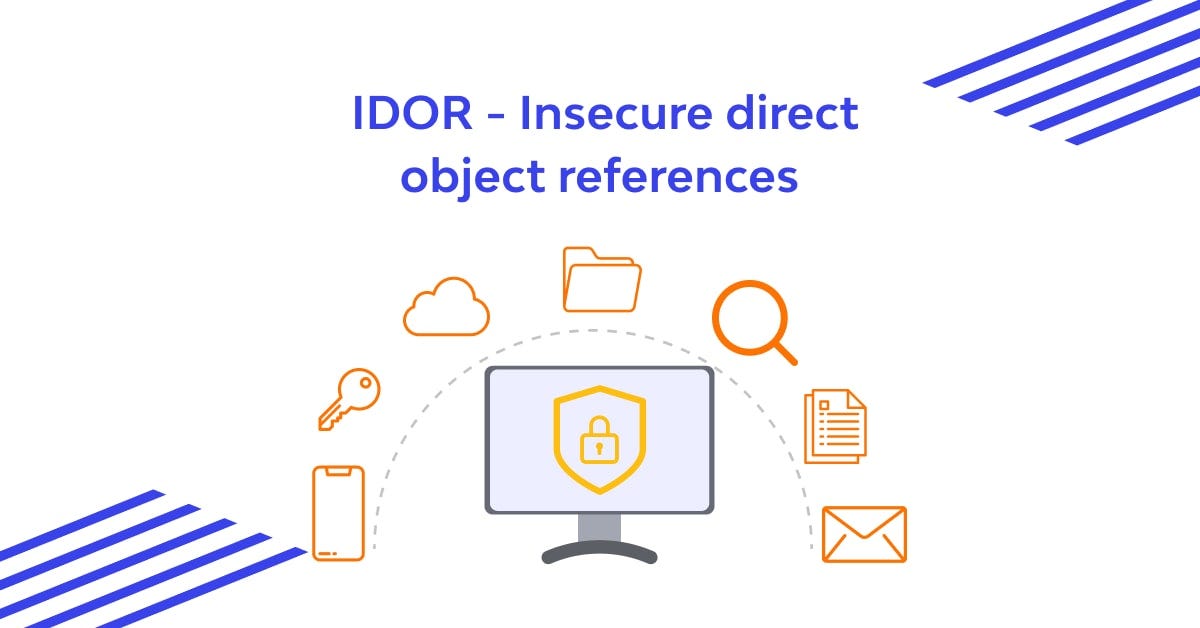BOOK THIS SPACE FOR AD
ARTICLE ADWhen it comes to bug bounty hunting, the discovery of a security vulnerability is only half of the battle. The other half is about effective communication, crafting a compelling, and, most importantly, persuasive vulnerability report. This is where Advanced Bug Bounty Reporting comes into play.
Advanced bug bounty reporting goes beyond just listing out the details of the vulnerability. It involves communicating your findings in a way that is not only easily understood, but also compelling and persuasive. It demands thorough technical knowledge, exceptional writing skills, and a keen sense of storytelling. In this post, we’ll be discussing tips, techniques, and strategies to take your bug bounty reporting to the next level.
Your bug bounty report is going to be read by several people, each with a different level of technical expertise. You need to write your report with this audience in mind, ensuring that it’s accessible to all readers, yet detailed enough for technical reviewers.
Your report should be comprehensive, covering all aspects of the vulnerability, from the initial discovery to the potential impact. Yet, it should also be concise, avoiding unnecessary details that may dilute the importance of your findings. Always remember, brevity is the soul of wit.
Start with a summary that immediately outlines the potential impact of the vulnerability. This approach grabs the attention of the reader right from the start and sets the stage for the technical details that follow.
Structure your report methodically, starting from the broad details (like the overview and potential impact), moving to the more specific details (like steps to reproduce), and concluding with potential mitigation strategies. This structure makes your report easy to follow.
The inclusion of Proof of Concepts (POCs), screenshots, or videos that clearly demonstrate the vulnerability and its exploitation can significantly bolster your report. Remember, seeing is believing.
Use precise, clear language throughout your report. Avoid using jargon and buzzwords unless absolutely necessary. If you need to use technical terms, explain them in plain English to ensure understanding.
End your report with a discussion about potential mitigation strategies. This not only shows your understanding of the vulnerability but also demonstrates your commitment to improving the security of the system.
Advanced bug bounty reporting isn’t just about presenting facts. It’s about telling a compelling story, one that engages, informs, and persuades. With these strategies in mind, you’ll be well on your way to crafting bug bounty reports that don’t just identify problems, but also facilitate their resolution.
.png)
 11 months ago
56
11 months ago
56 














 Bengali (Bangladesh) ·
Bengali (Bangladesh) ·  English (United States) ·
English (United States) ·